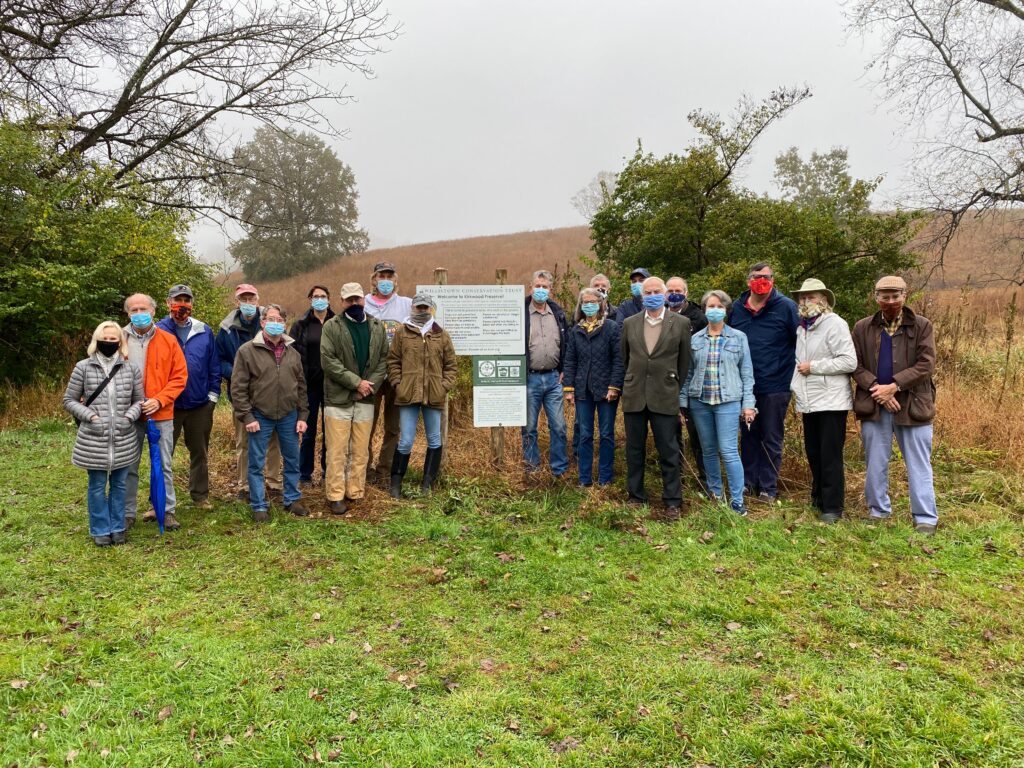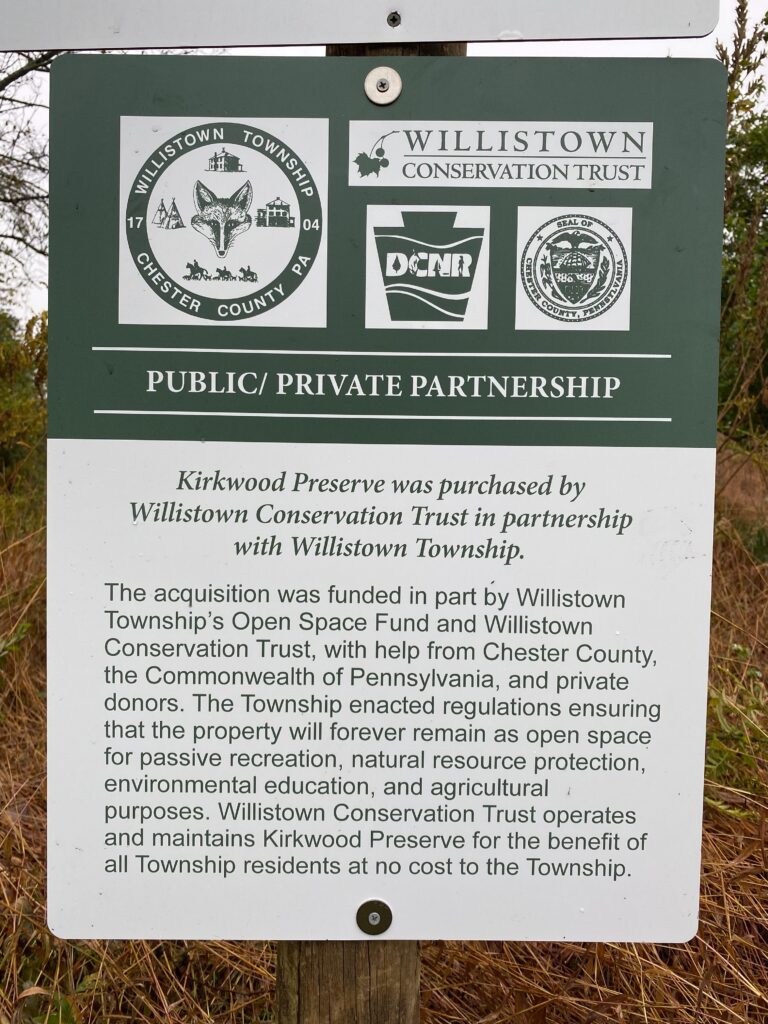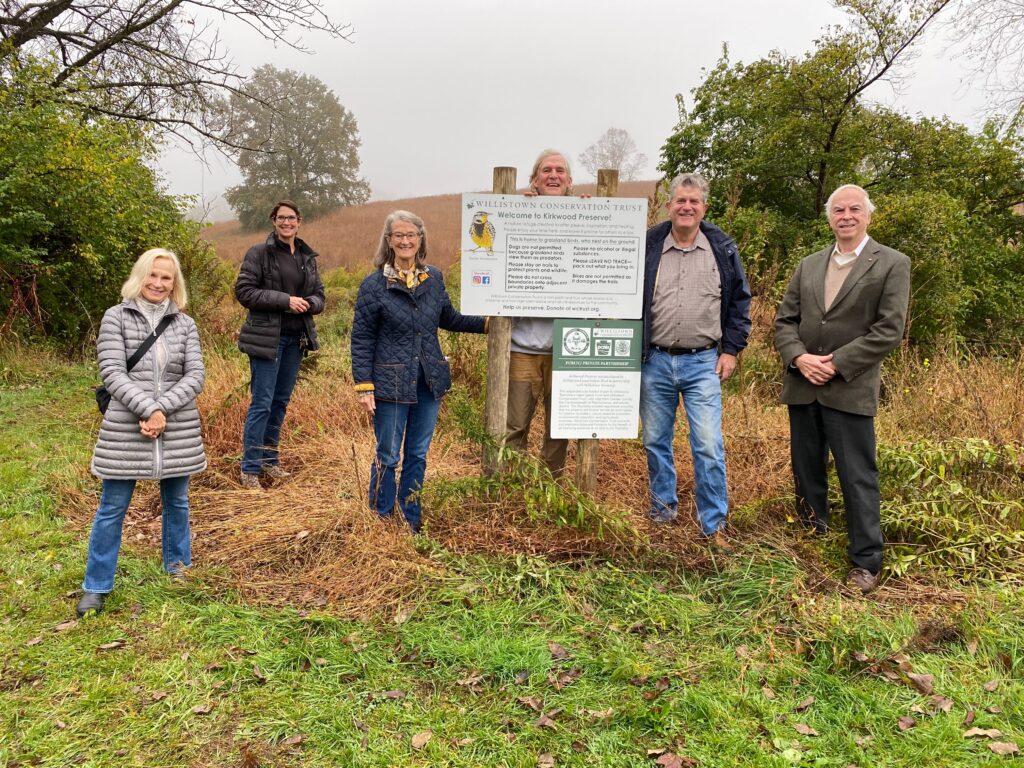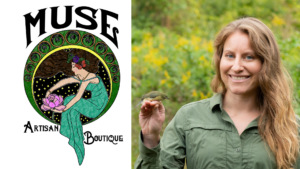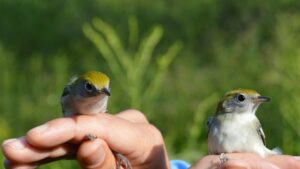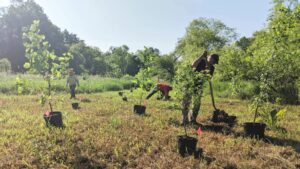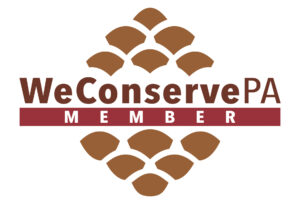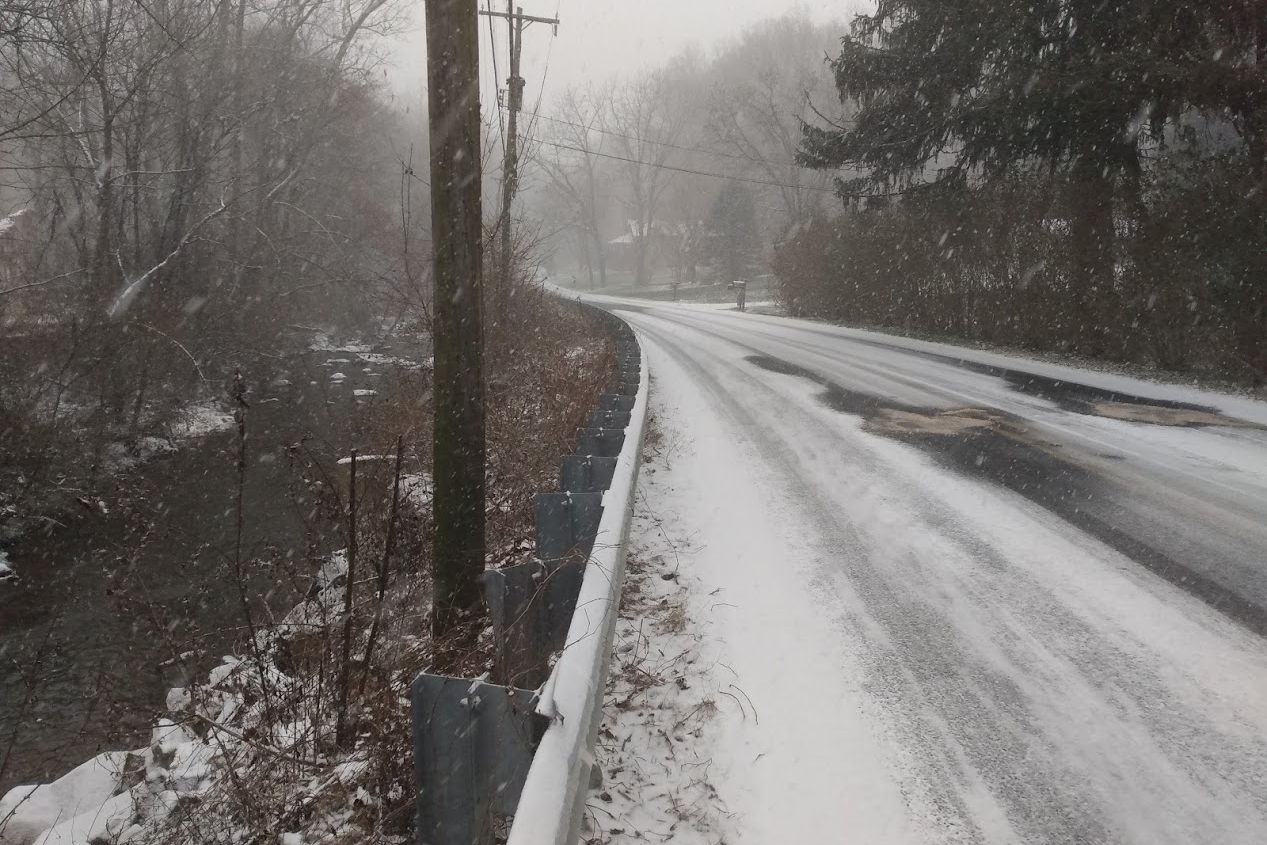
As winter quickly approaches so does the threat of salt pollution. Since the 1940s, salt has been the number one choice for fighting road ice in the United States. Over the last five years, PennDOT used an average of 844,000 tons of salt per year to keep Pennsylvania’s roads free of ice during the winter months. As effective as salt is at melting ice, it can cause major environmental problems after it washes off roads and into nearby waterways. Scientists have known for a long time that salt can be a serious pollutant in freshwater ecosystems, affecting multiple species of fish, insects, amphibians, and plants. More recent studies have shown that road salt is the main culprit of salt pollution in the northern United States.
According to a USGS survey, 84% of streams in urbanized areas of the northern United States have seen increases in chloride levels attributed to road salt. While 40% of streams have experienced levels that are considered dangerous to aquatic species. Furthermore, 29% of those streams have seen spikes in chloride levels during the winter that would make the water unsafe for drinking.
Armed with this knowledge, PennDOT and local municipalities have made efforts to limit the amount of salt laid on roadways. PennDOT limits salt treatments to high-traffic areas and dangerous intersections or curves. At the same time, municipalities have started mixing sand in with salt to improve traction and reduce the overall amount of salt used. Unfortunately, these changes might not be enough as private businesses and homeowners still contribute significantly to the amount of salt introduced into the environment. Over-salting of sidewalks and parking lots is far too common since private snow shovelers are understandably more concerned with the safety of pedestrians than the environmental costs associated with using salt.
However, there are ways to achieve a balance that prioritizes safety while also taking into account the risk of salt pollution. The most straightforward solution could be sweeping up salt from sidewalks after the ice has melted but before a snowmelt or rain event can wash the salt away. Not only does this prevent salt from reaching our freshwater ecosystems but the salt can be reused during the next snowstorm to save some money. Adding salt before snowfall rather than after is another technique that could reduce the amount of salt needed to keep sidewalks free from ice. Another option is to reduce the amount of salt used by cutting it with sand or even beet juice like some Canadian cities have successfully experimented with. All of these methods can be implemented by anyone who finds themselves shoveling snow during the winter.
Even those of us who do not have any snow shoveling responsibilities can play a big part in addressing this issue. The Izaak Walton League is a national organization that trains citizen scientists to measure the amount of salt in their local streams, especially after snowstorms. This kind of data can help determine the local impact or source of salt pollution. Maybe more valuable, measurements collected by citizen scientists will increase the national dataset used to help scientists and policymakers make decisions about mitigating the effects of our increased reliance on road salt.
For more information about becoming a volunteer citizen scientist, you can visit iwla.org.
